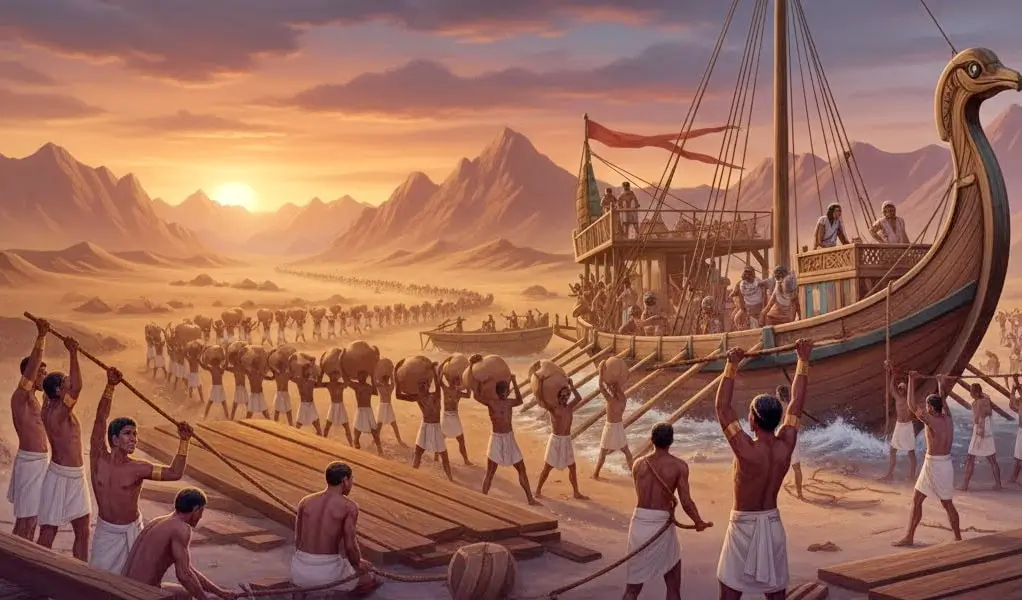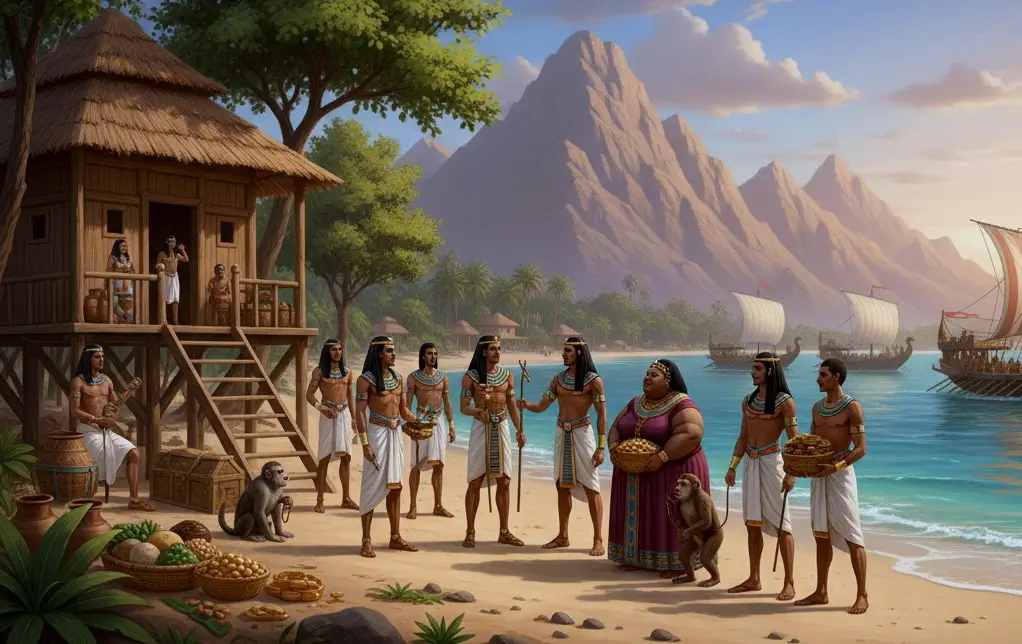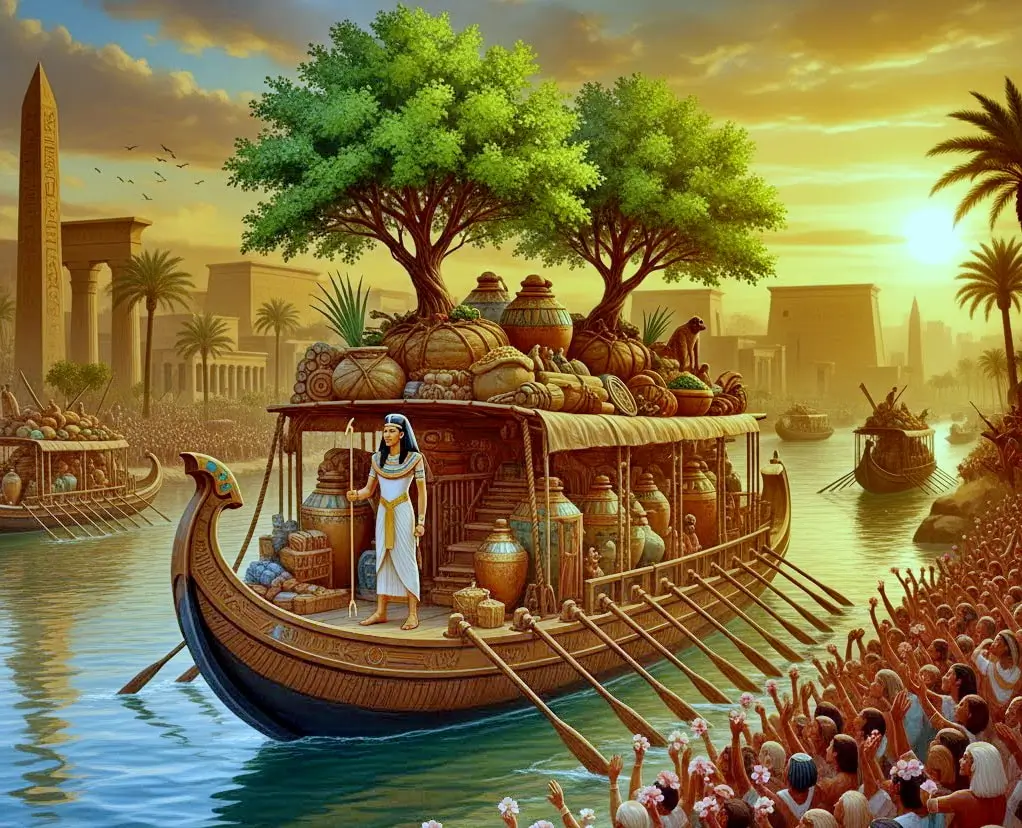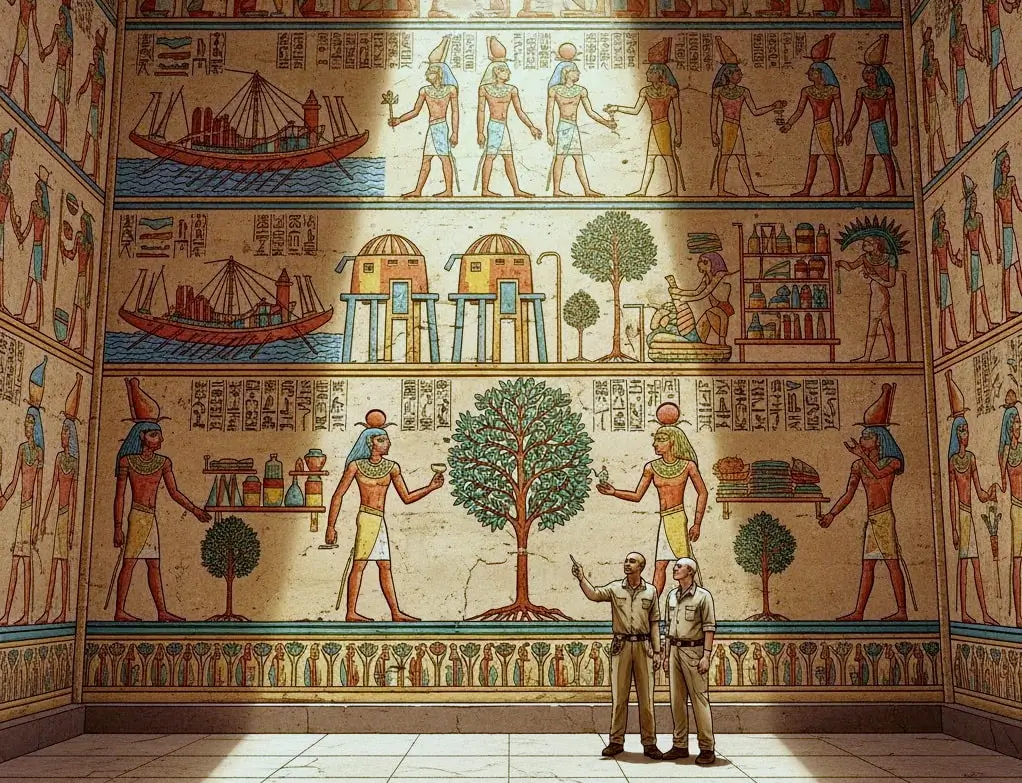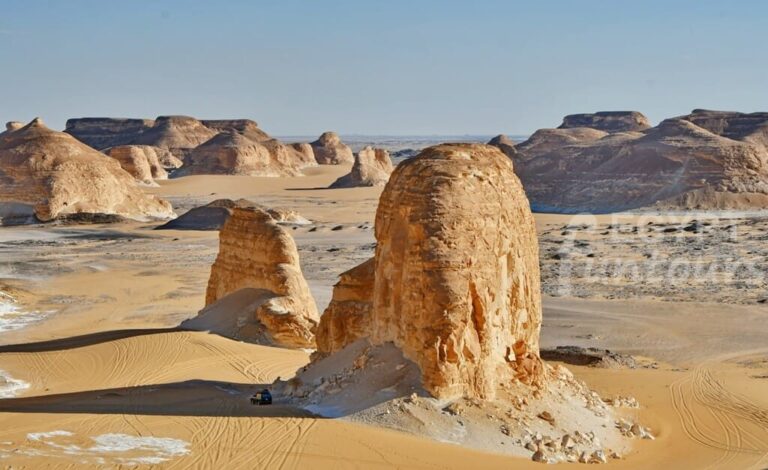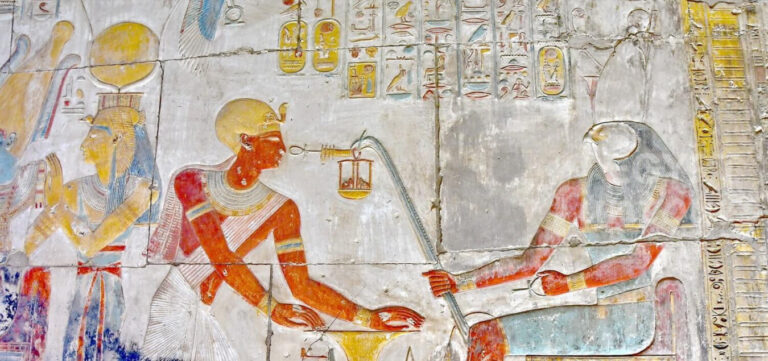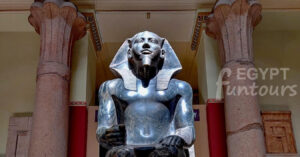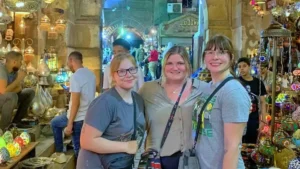The reign of Pharaoh Hatshepsut (c. 1479–1458 BC) marked a golden age for Ancient Egypt. While many pharaohs focused on military might, Hatshepsut championed stability, massive construction projects, and, most famously, trade. Her crowning economic achievement was the Expedition to the Land of Punt. This monumental voyage, undertaken around the ninth year of her reign, was not a campaign of conquest but a mission to secure vital, rare resources. Hatshepsut Expedition to Punt stands as one of the most remarkable and best-documented events of the New Kingdom.
The success of the mission brought incredible wealth and luxury goods back to Thebes. Perhaps its greatest legacy, however, is the stunning, detailed record carved into the walls of her magnificent mortuary temple at Deir el-Bahari . These reliefs tell the full story, offering an unparalleled glimpse into the logistics, aims, and eventual triumph of the Hatshepsut Expedition to Punt. This article will explore the preparations, the route, the goods acquired, and the lasting impact of this historic journey.



